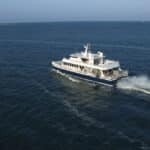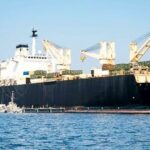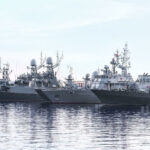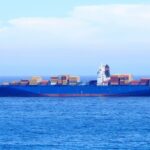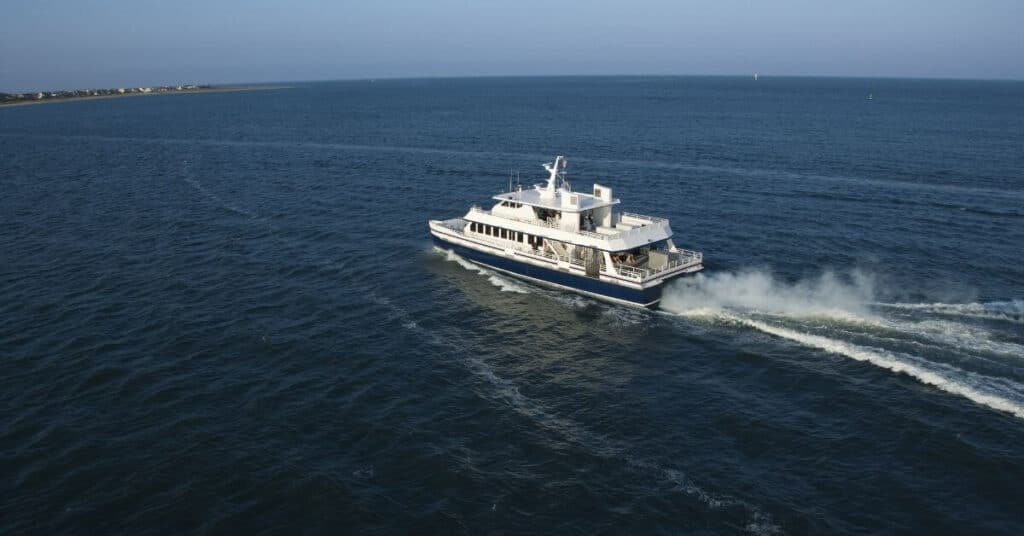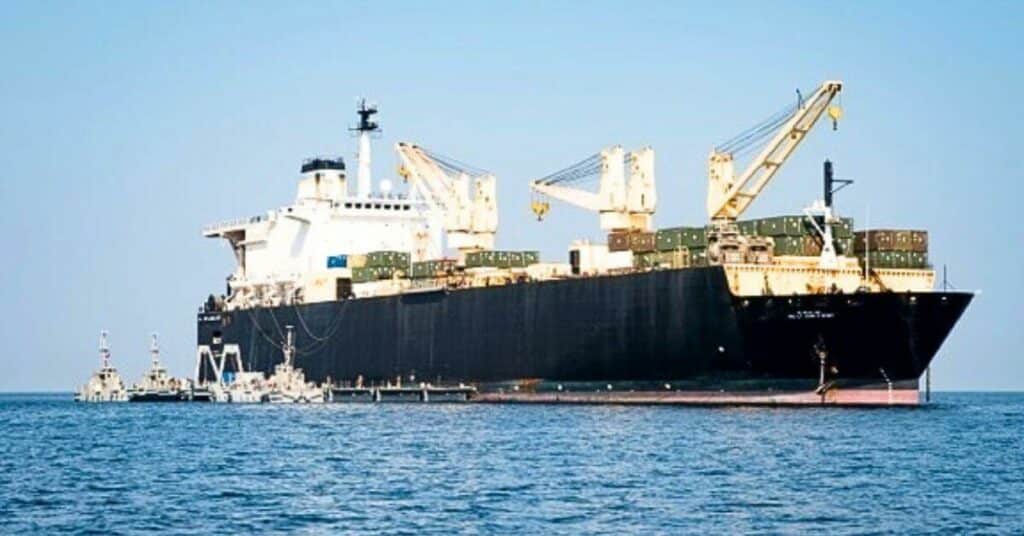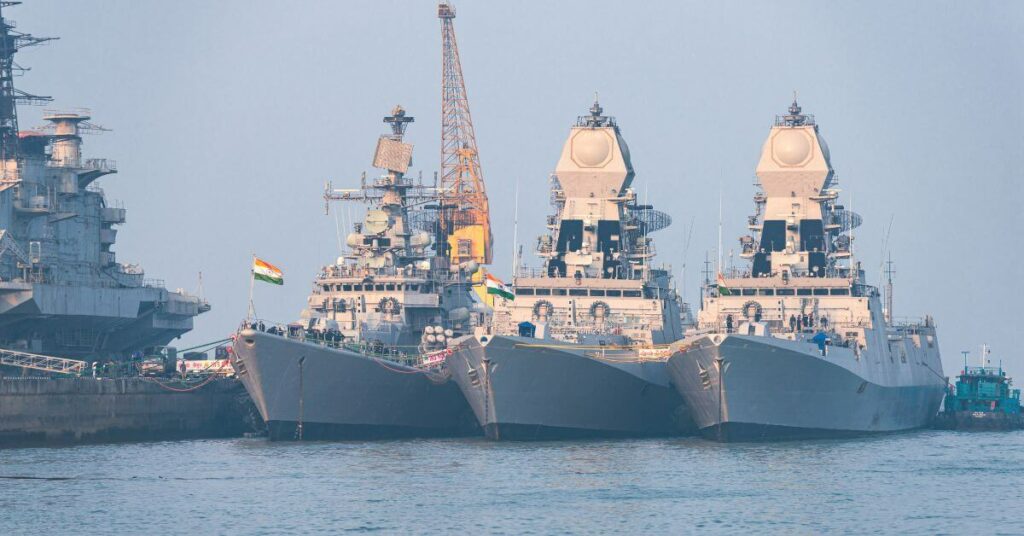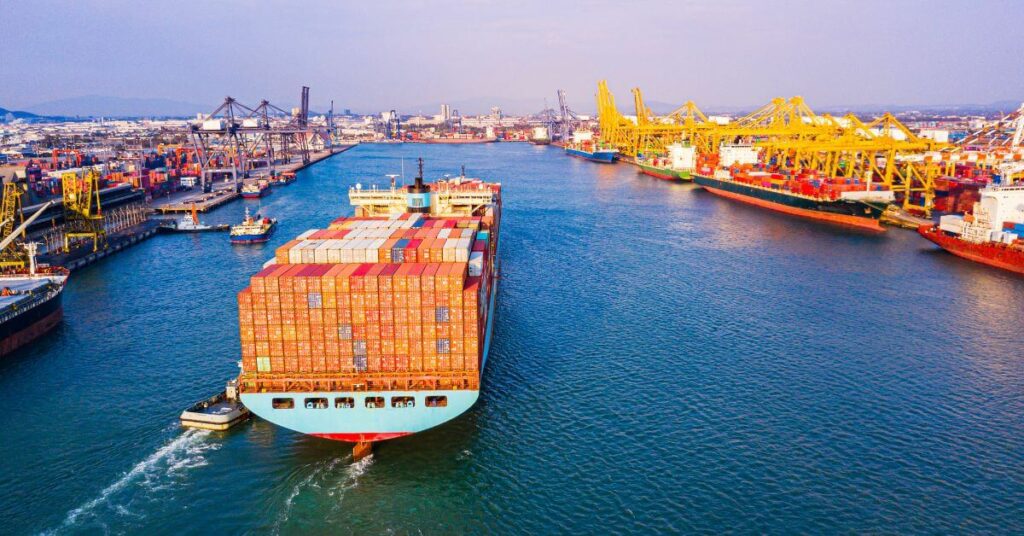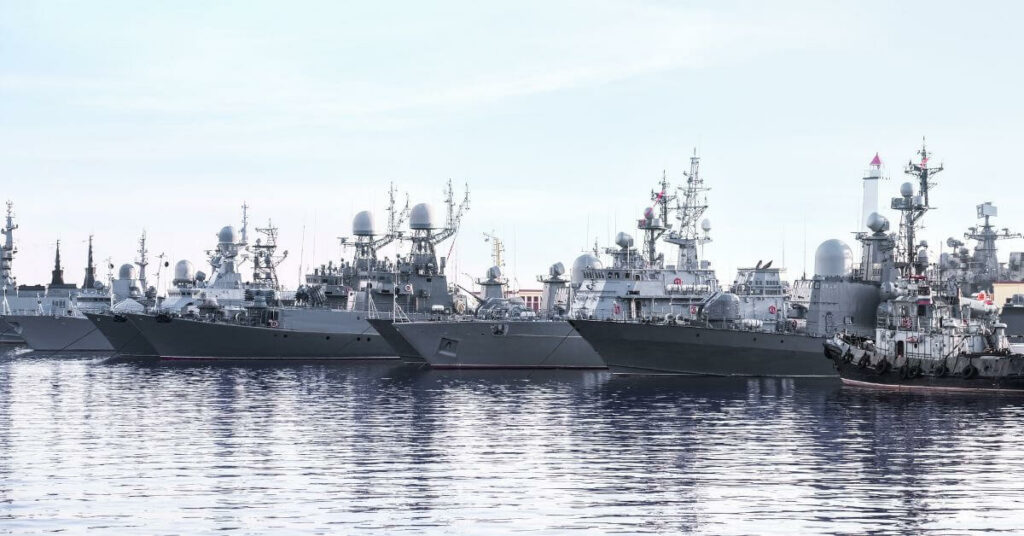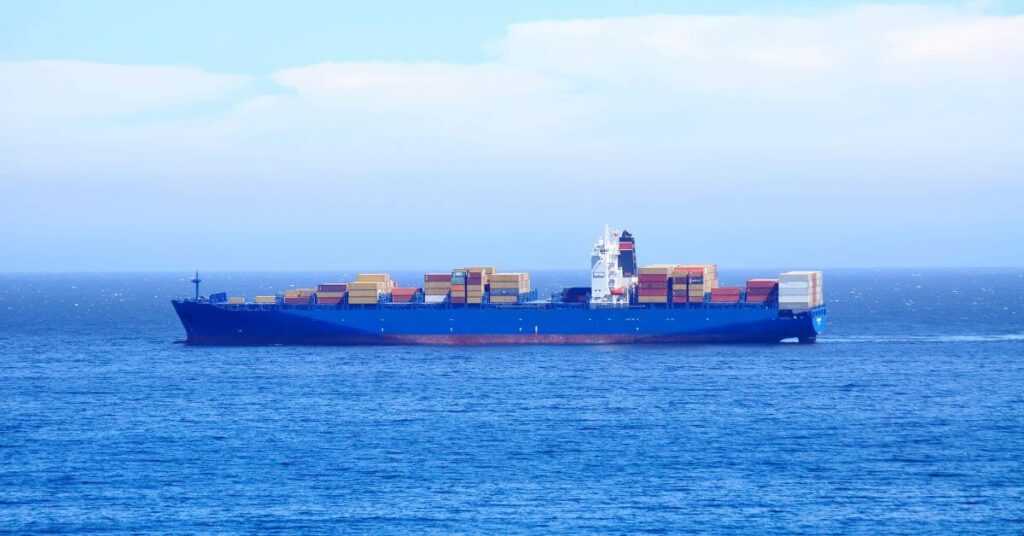Real Life Incident: Ro-Ro Vessel Rolls Heavily And Tips Trucks
A shortsea ro-ro passenger and freight service operated up to seven sailings per day with a crossing time of about two hours. The ship’s deck crew were split into a day shift, which was led by the day Master, and a night shift led by the night Master. In the evening, the day Master sent an email to all ship departments warning of a forecast of heavy weather that night and the following morning.
All loose gear was to be secured prior to the ship’s scheduled departure at 20.20. The deteriorating weather conditions meant the vessel arrived at its destination 55 minutes behind schedule. The next departure was postponed due to the prevailing weather conditions, which were close to the company’s limits for entering and leaving the ports.
During the cargo loading operations the Master discussed the lashing requirements with his loading officer. It was decided to lash the freight vehicles parked at the fore and aft ends of each vehicle lane and all unaccompanied semi-trailers with two lashings (one either side).
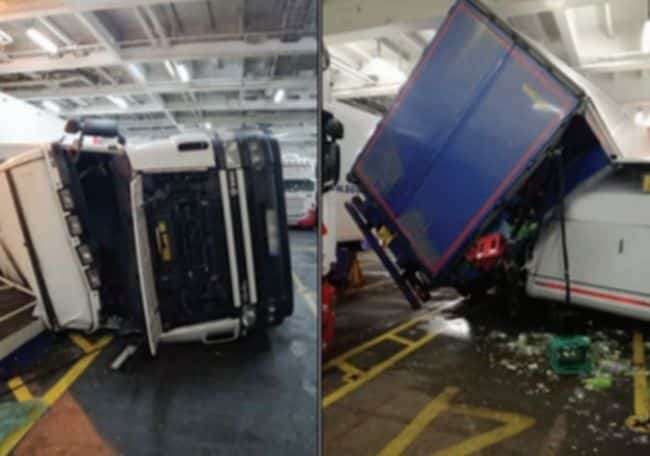
At 05.15, loading was completed with 40 accompanied freight vehicles (mainly articulated vehicles) and 46 other vehicles. When the vessel sailed, the wind was close to the company’s limits for departing port and the Master experienced some difficulty manoeuvring the ship’s bow through the wind.
Once in open water the ship’s stabilisers were deployed, the autopilot set to the ship’s standard planned course of 073° and the ship was brought up to its full sea speed of 21 knots.
Soon after leaving port the vessel experienced several large rolls. The wind was blowing between 40 and 50 knots gusting to 60 knots; the waves were very large from the same direction, causing the ship to roll and yaw. Following a discussion with the Master, the OOW altered course to port and brought the ship on to a course of 055° with the aim of easing the motion.
A few minutes later the OOW altered course to starboard and brought the ship on to a course of 060°. A little later the vessel rolled 20° to starboard, then yawed violently to starboard, achieving a rate of turn in excess of 100° per minute. The ship then took a larger roll to port of just over 30°. During the 30° roll several of the freight vehicles and unaccompanied semi-trailers on the vehicle decks moved and some toppled over.
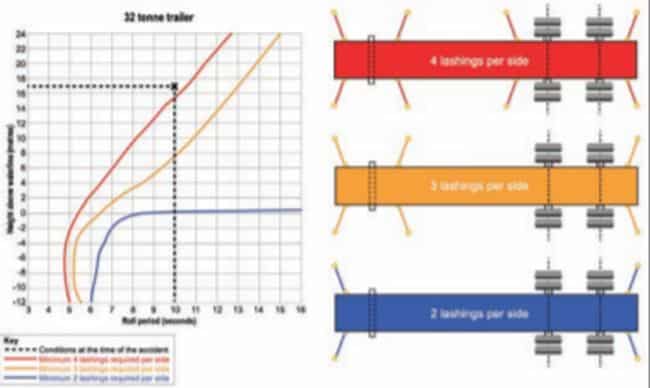
In the engine room, a lubricating oil low-level trip activated on one of the ship’s four main engines, causing it to shut down. The OOW altered the ship’s heading to 057° and very quickly the Master arrived on the bridge, followed shortly afterwards by the chief officer and the day Master.
The OOW briefed the Master while the chief officer used the ship’s CCTV system to assess the condition of the cargo on the vehicle decks. The chief officer saw that several vehicles had toppled over and informed the Master. The ship was placed into handsteering and brought round to starboard to a course of 085°. The OOW handed the con to the Master and went to assist on the vehicle deck. Within 90 minutes the vessel had been brought to shelter and docked.
The official report found that among other things:
- The passage plan was not altered to minimise the potential effects of the prevailing and forecast weather conditions and the night Master’s intent to continue on the altered course was not clearly communicated to the OOW. Either action could have avoided heavy rolling.
- The freight vehicles, secured with one lashing on either side, were not lashed in accordance with the guidance provided in the MCA’s guidance, Ro-Ro ships: stowage and securing of vehicles code of practice. For the conditions experienced four lashings either side would have been required.
- Passengers remained in their vehicles during the passage, endangering themselves and compromising the safety of other passengers and crew. This practice is not unique to this company and requires industry-wide collaboration to eliminate it. Lessons learned l Passage plans need to be revised according to weather; Mother Nature is the boss.
- Best practice dictates that passengers and truck drivers exit their vehicles before transit.
Reference: nautinst.org
Disclaimer :
The information contained in this website is for general information purposes only. While we endeavour to keep the information up to date and correct, we make no representations or warranties of any kind, express or implied, about the completeness, accuracy, reliability, suitability or availability with respect to the website or the information, products, services, or related graphics contained on the website for any purpose. Any reliance you place on such information is therefore strictly at your own risk.
In no event will we be liable for any loss or damage including without limitation, indirect or consequential loss or damage, or any loss or damage whatsoever arising from loss of data or profits arising out of, or in connection with, the use of this website.
Disclaimer :
The information contained in this website is for general information purposes only. While we endeavour to keep the information up to date and correct, we make no representations or warranties of any kind, express or implied, about the completeness, accuracy, reliability, suitability or availability with respect to the website or the information, products, services, or related graphics contained on the website for any purpose. Any reliance you place on such information is therefore strictly at your own risk.
About Author
Marine Insight News Network is a premier source for up-to-date, comprehensive, and insightful coverage of the maritime industry. Dedicated to offering the latest news, trends, and analyses in shipping, marine technology, regulations, and global maritime affairs, Marine Insight News Network prides itself on delivering accurate, engaging, and relevant information.

About Author
Marine Insight News Network is a premier source for up-to-date, comprehensive, and insightful coverage of the maritime industry. Dedicated to offering the latest news, trends, and analyses in shipping, marine technology, regulations, and global maritime affairs, Marine Insight News Network prides itself on delivering accurate, engaging, and relevant information.
Do you have info to share with us ? Suggest a correction
- U.S. Department Of Transportation Invests $316 Million To Modernise Passenger Ferry Services
- U.S. Navy Ship Heading To Gaza For Building Temporary Dock Returns After Engine Room Fire
- Indian Navy On High Alert In Persian Gulf Amid Rising Regional Tensions
- COVID-19 Pandemic Limits Container Market Growth By 24.6 Million TEU
- EU Admiral Urges For More Warship Deployment In Red Sea To Protect Commercial Shipping
- MSC Assures Safety Of 25 Crew Members Onboard Cargo Ship MSC Aries Seized By Iran
Latest Shipping News Articles You Would Like:
Subscribe To Our Newsletters
By subscribing, you agree to our Privacy Policy and may receive occasional deal communications; you can unsubscribe anytime.
Web Stories



